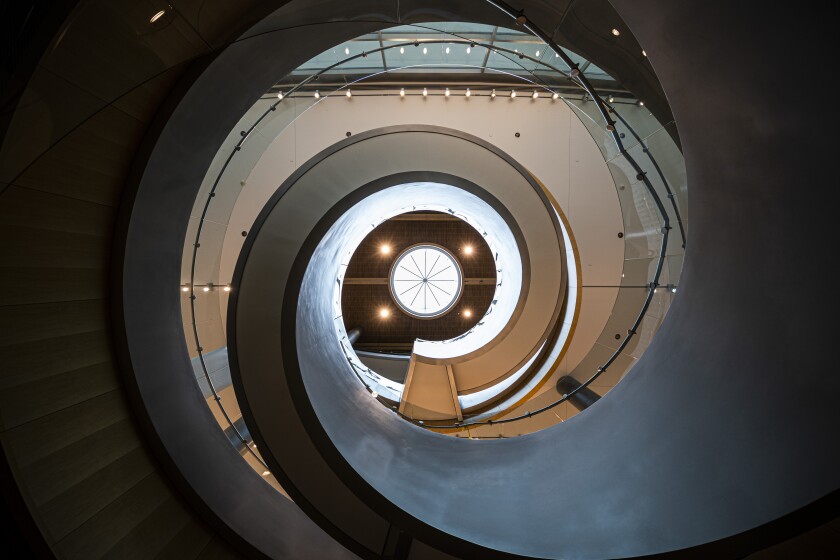Joseph F. Smith Building
Built in 2005

Joseph F. Smith Building: Where We Began (1957)
The BYU College of Family Living, established on June 28, 1951, marked a significant step in the university’s mission to support and strengthen families through education. Though planning and approval began early, the largest academic building constructed at BYU during the 1950s, the Joseph F. Smith Family Living Center, was ironically the last of that decade’s major projects to be completed. Initial plans envisioned a massive 150,000-square-foot facility with a projected cost of $2.4 million, more than any other campus structure at the time. Funding was approved by the Board on November 14, 1952, prompting Elder John A. Widtsoe to exclaim, “Thank God—the BYU has at last come into its own,” just days before his passing. Construction began in spring 1956 under Christiansen Brothers of Salt Lake City and was completed on schedule by April 19, 1957, at a final cost of over $2.2 million.
President Ernest L. Wilkinson allocated $340,000 of university funds to help bring the vision to life. The center was designed to house all six departments of the College of Family Living, along with the new School of Nursing and the departments of Sociology and Psychology. Its design was functionally split, with one wing dedicated to technical work and laboratories and the other to classrooms. Despite being completed later than other projects, the building stood as a symbol of BYU’s growing national reputation in the study of family life, BYU being only the second university in the nation to create a program exclusively focused on this field.
In 1981, the College of Family Living merged with the College of Social Sciences to form the College of Family, Home, and Social Sciences, now the largest academic college at BYU. The building that once stood as the Joseph F. Smith Family Living Center was named in honor of the sixth President of the Church of Jesus Christ of Latter-day Saints, who was known for championing the values of strong and wholesome family life.
Joseph F. Smith Building: Where We Are Now
The Joseph F. Smith Building (JFSB) is home to much of the College of Humanities (including the Humanities Research Center, the Center for Language Studies, and the university’s language departments), units from the College of Family, Home, and Social Sciences, the School of Family Life, the Family Studies Center, Women’s Research Center, and child and family studies labs. Demolition of the old building began on June 3, 2002. The previous building that stood here was the Joseph F. Smith Family Living Center, which was designed for the promotion of family life and professional training in the home sciences. Features of the renovated building include 27 classrooms, 401 faculty offices, a 250-seat auditorium (on rotating platforms), a theater, and a three-level underground parking lot. The building also offers sixteen new humanities classrooms, four medium-size auditoriums, a theater, a Shakespeare Room where artifacts and visual materials will enrich the teaching of that great writer, and a gallery dedicated to displays on the theme of “Education in Zion.”
The JFSB houses the most advanced computer labs available for instructing foreign languages. BYU has the capacity to teach 93 foreign languages but only teaches about 65 on an average each semester. Because of the outstanding success BYU achieves in this area, the military and FBI have maintained high interest in our program for many years. BYU has a foreign language housing complex near the Missionary Training Center (MTC). The foreign language houses provide a language immersion experience for the 12 students who live in each facility. Students speak only French, German, Russian, etc., while they are in the home and follow cultural traditions appropriate for the countries. Approximately 65% of BYU students are bilingual, which is very attractive to international firms requiring multi-language capabilities. In addition, 105 different countries are represented in the student body of BYU.
Many of the courses taught in this building have very practical applications, such as cooking, nutrition, and sewing.
One of the most visible programs in this facility is the nursery school program for the children of faculty which provides child development students opportunities to interact with and observe children and their interaction with one another.


